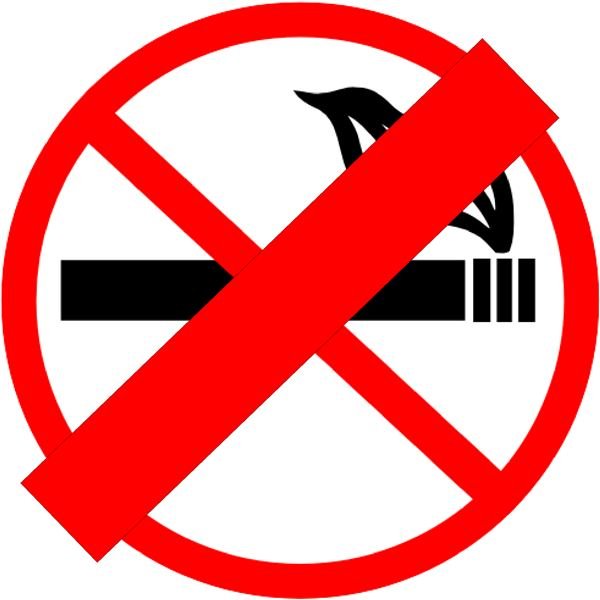Effectiveness of Employee Quit Smoking Cash Incentive Schemes Part 1 of 2
The Ill Effects of Smoking
The World Health Organization estimates one billion deaths worldwide in 2010 owing to smoking-related causes. Almost 20 percent of all Americans smoke and about 480,000 Americans die every year due to smoking, making it a big national concern.
The ill effects of smoking permeate to the workplace. The Centers for Disease Control and Prevention (CDC) estimates that the employer bears a cost of $3,391 per smoking employee per year, including $1,760 in lost productivity and $1,623 in excess medical expenditures. Smoking employees miss an average of 6.16 days of work owing to sickness compared to non-smoking employees, and employees who take ten four minute smoking breaks a day actually works one month less a year than nonsmoking employees do.
Not only does smoking harm the smoker, the smoke harms coworkers who inhale it. Estimated costs associated with secondhand smoke’s effects on nonsmokers can add up to $490 per smoker per year. The American Lung Association finds that second-hand smoke costs employers around $5 billion in indirect costs such as workers claiming unemployment or disability due to the smoke.
The Organization for Economic Cooperation and Development calculate that construction and maintenance costs are 7 percent higher in buildings that allow smoking than in buildings that are smoke-free, and The US Environment Protection Agency estimates that employers could save anywhere between $4 to $8 billion in building operations and maintenance costs if they implement comprehensive smoke-free indoor air policies.
Image Credit: Wikimedia Commons
Programs
The growing awareness about the ill effects of smoking and statistics that point out the monetary losses incurred due to employees smoking has prompted many companies to offer monetary incentives for employees if they quit smoking, or remain smoke-free for a specific amount of time. Such incentives to quit smoking take the form of:
- direct cash rewards
- lower deduction of medical insurance premium
- free vacations
- gift certificates
- benefit enhancements
- flexible benefits credit, and more
Effectiveness
Offering employee quit smoking cash incentives seems to work. Economists from Innovations for Poverty Action and the World Bank have found that money might be the most powerful tool to help smokers quit.
Another 18 month study in 2005-2006 conducted by a team from the University of Pennsylvania, published by the New England Journal of Medicine tracked 878 employees from General Electric Company, who smoked an average of one pack of cigarettes a day concludes that smokers are more likely to quit if they are offered a cash incentive
The study divided the employees into two groups, and employees from both groups received the same information regarding smoking-cessation programs. Members of one group were offered a cash incentive of $100 for finishing a smoking-cessation course, another incentive of $250 if they quit smoking within six months, a final incentive of $400 if they continued not to smoke for another six months. Members of the other group were not offered this cash incentive. Nearly 15 percent of the participants from the group offered money to stop smoking quit smoking within the first year of the study whereas only 5 percent of employees from the other group had quit smoking. At the end of the 18-month study, 9 percent of the employees from the first group had quit smoking, whereas only about 4 percent of the employees from the other group quit smoking.
Although this study indicates that offering monetary incentive is an effective inducement for employees to quit smoking, a possible distorter is the vast majority of participants coming from a similar well-educated, white and with higher income background.
Advantages and Disadvantages

The seeming effectiveness of employee quit smoking cash incentives has prompted many companies to adopt this measure. Such schemes not only provide a positive focus and have a significant behavioral impact for the better, but are also easy to set up and operate and remain flexible. Offering such cash incentives also places the company in a better legal stead rather than terminate or punish employees who smoke and invite discrimination lawsuits.
Offering employees cash incentives for cessation of smoking comes with its share of drawbacks also. The major problem relates to effective monitoring, for employees can easily falsify the cessation attempts, and there is no effective way for the management to ensure that the employees have truly quits smoking. Employers need to back up the scheme with effective wellness programs that help employees quit smoking.
A greater negative impact of offering cash incentives to those who quit smoking is attracting the ire of those employees who do not smoke in the first place, or who have given up smoking on their own without monetary rewards. The company needs to design the incentive scheme so that the benefits become available to all those who do not smoke, rather than only to those who give up smoking. The company also needs to communicate the benefits of abstinence from smoking that far outweighs any monetary rewards.
Image Credit: Wikimedia Commons
Legal Implications
Offering employee quit smoking cash incentives can cause several legal issues. Company policies that prohibit or discourage smoking, and offer incentives to those who give up smoking can be implied as interference on the employee lifestyle and “lifestyle discrimination.” As many as 30 states have lifestyle laws that place restrictions on employers trying to regulate smoking and other employee behavior outside work.
References
- Tomsho, Robert. “More Smokers Quit if Paid, Study Shows.” Retrieved from https://online.wsj.com/article/SB123438843231174457.html?mod=googlenews_wsj on 20 October 2010.
- Ogden, Tim. “Cash Is More Addictive than Nicotine.” Retreived from https://www.philanthropyaction.com/nc/cash_is_more_addictive_than_nicotine on 20 October 2010.
- Hill, Mary. “Employer Initiatives to Stop Smoking.” Journal of Employee Assistance. 36(2). 2006.
- Retrieved from https://www.valueoptions.com/company/Coverage/files/Journal_of_Employee_Assistance_Employer_Initiatives_to_Stop_Smoking.pdf on 20 October 2010.
- “Business Costs of Smoking Employees vs Non Smoking Employees.” Retrieved from https://biocaretherapy.com/Business_cost_of_smoker_employees.htm on 20 October 2010.
- Dick, Dahl. “Employers take action to control ‘unhealthy’ employee lifestyles.” Lawyers USA. Feb 12, 2007. Retrieved from https://www.allbusiness.com/services/legal-services/4064189-1.html on 20 October 2010
